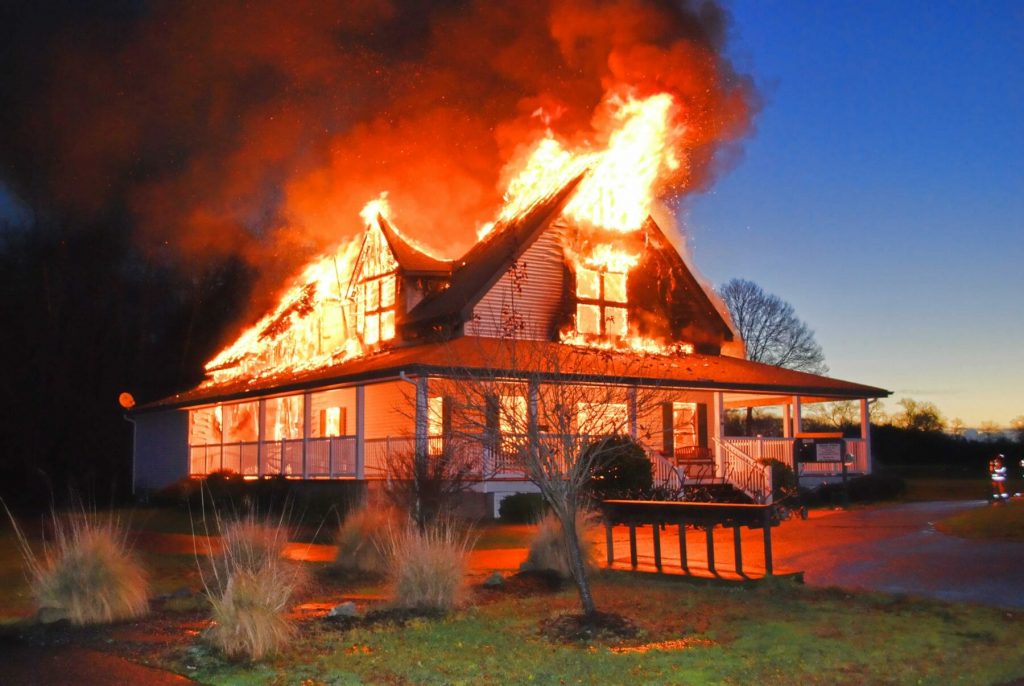Homes that are situated in forested areas or in places that have dense vegetation or brush should have a buffer of protection around them that extends up to 200 feet according to fire safety officials. This is considered to be the minimal distance that can provide structures, as well as the surrounding terrain, with minimal protection if a fire breaks out. While these guidelines are intended to be followed in places where wildfires are a persistent threat, we can all benefit from adapting some of them as well.
This protective area is typically divided into three parts, the immediate, intermediate and extended zones, and the distances they cover will depend on the fire risks in the area. Generally speaking, the immediate zone extends 5-10 feet outward from the perimeter of the structure. This is an area that should be clear of any flammable material that can spread to the home if ignited. Brush, chopped wood, piles of leaves, chemicals, fuel and other similar items should not be placed in this area.
Immediate and Intermediate
The intermediate zone is considered to be a moderate-risk area where embers or sparks can reach the structure or other nearby material that may catch fire. This generally encompasses a radius of about 50-60 feet from the edge of the immediate to the beginning of the extended zones. Consider things like making fuel breaks, clearing vegetation from propane tanks, keeping lawns cut to less than 4 inches and keeping clusters of trees and bushes isolated and as small as possible. This will create a fire break between the structure and surrounding landscape, and it could be invaluable in containing a fire that could otherwise spread out of control.

Extended
The extended zone should be cleared of dried vegetation such as grass clippings or leaves, brush should be cleared, and trees should be spaced apart at a minimum of 8 feet. Consider removing small trees that are growing between the larger ones, and make sure that storage sheds don’t have any vegetation growing along walls. The more-sparse you can make this area will dramatically-reduce the chances of a fire spreading into the closer zones. It will also be effective at containing the majority of embers or sparks caused by fires on the property as well.
It’s important to focus on the logic behind these guidelines instead of following them verbatim. The point is to create natural fire breaks and eliminate fuel sources that can put a building in jeopardy during wildfire season. These are in addition to common-sense practices that should be followed when operating machinery, working with power tools, doing electrical work, making repairs to vehicles or just barbecuing on a Saturday evening.
Take a good, hard look at how well your property fire-proofed, and don’t put-off fixing problems that you discover. Learn about good fire-safety practices as well, because they can help you to reduce risk even further. Remember that fires can spread just as easily in damp as well as dry climates, and a little bit of prevention can help you to avoid being victimized if one unexpectedly threatens your property.
